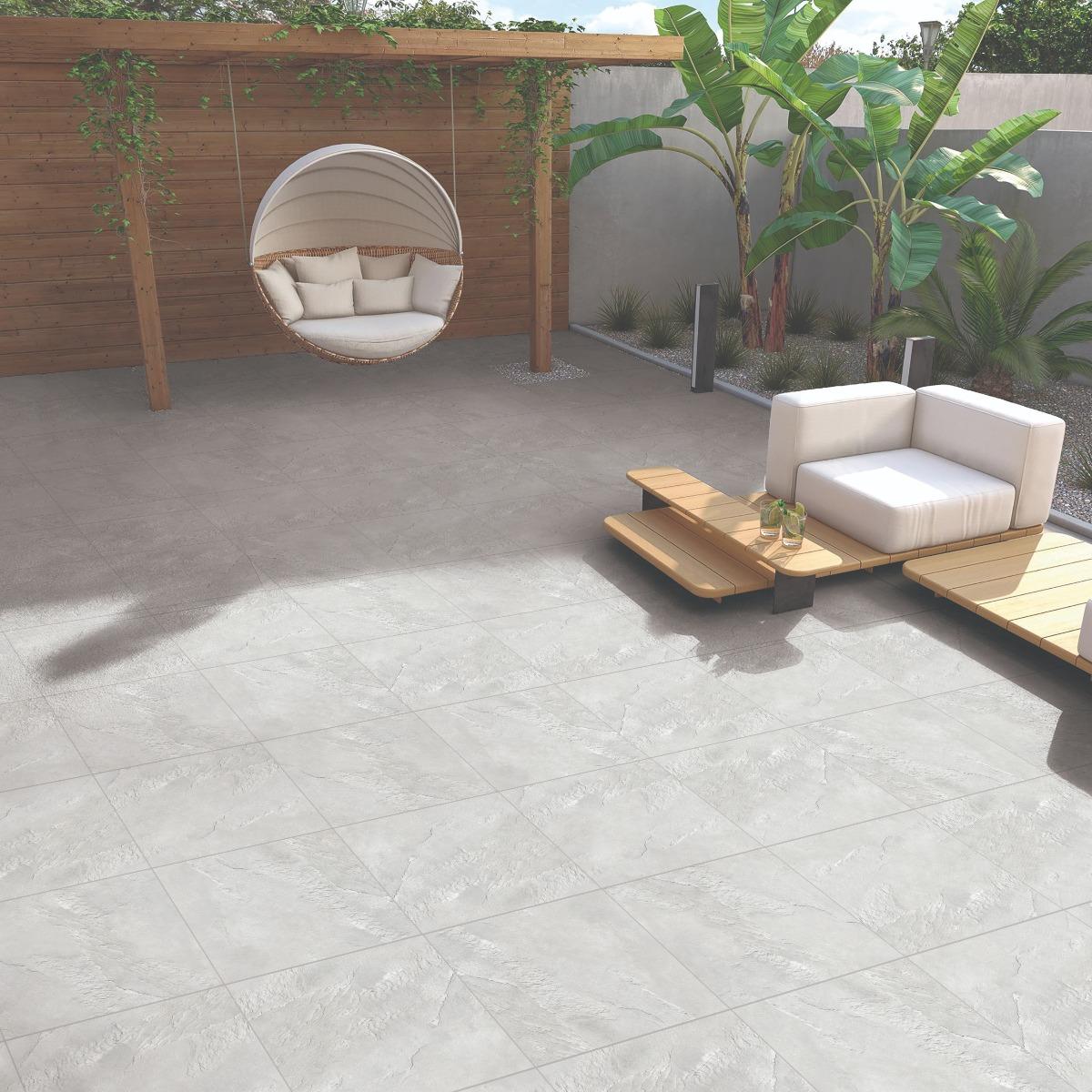Lipika is President of Designers Guild of India and Principal designer of Lipika Sud Interiors. Here is an excerpt from the insightful conversation on the topic; From Surviving to Thriving Design Practice.
How did you make your way to this industry?
I started my career with the Lintas and the Taj Group of Hotels. Though I thoroughly enjoyed working there, it was not something I desired to take up as a full-time career. Once, when I was working as a trainee in the Taj, a night club was being designed in the basement of the property, when I witnessed the process of designing, I was so thrilled and decided to make a career out of this.
How did you win your first project?
When I started my company, I talked to all the contacts that I have developed in the Taj, as I was looking at the corporate segment. I had an architect and civil engineer on board, they have been in the industry for many years. The honesty, integrity, and the connections I made in the past 5 years helped me get projects.
At the beginning of my career, I did a building for Ericsson telecom corporation, worked with Kirloskar Brothers, and Hyundai motos for their stores all over India. And then, it was no looking back.
How do you build positioning?
The positioning of finding your niche is the key to success because if you offer everything on the table, you will be called generalists and not specialists. So for positioning my advice is to narrow down your deliverables, get out of this generalism, and become a specialist. There is adequate work in every niche, whatever you choose.
How do you build up a pipeline of projects?
Building a pipeline is the key to long term success. The 30-day rule clearly tells you that if you work 30 days in a month to build a pipeline, it will help you for the coming 3 months, but if you don’t continue that 30-day rule, after 3 months, you will be dried up.
All the pipeline-related work including customer dealing, talking to future customers, sourcing for your future projects, and choosing the right communication medium need to done with utmost responsibility. Social media is nowadays the strongest marketing tool-especially in the COVID situation. Some highly creative people do not succeed in the industry, because they don’t emphasize the importance of marketing.
Are there 100 crores revenue design firms in India? And how does it compare with similar companies abroad?
After this pandemic, the world is never going to be the same again. The new normal is going to be working out of your home, embracing technology, and having very lean setups with very less number of people.
According to the 80:20 rule, 20% of your customers generate 80% of your revenue. It is now not about the numbers but the end result. It is about focusing on your 20% of clients, get them on your table, deliver them more than they have expected, and they will never leave you.
How can architecture set prices for their services? And how can they start commanding a price premium?
Any architecture or designer can demand their price provided that they are able to communicate to the customer, what value they will bring on the table, and how they are different from the other service providers. When you don’t have a pipeline of future projects, then you will decide to give discounts. You have to be in an abundance mindset so that you can ask for the price that you deserve.
Is it necessary for me to have an interior designer or is it a luxury?
If you are designing your home, and if you are somewhat creative, go and do it yourself. Don’t waste money on an interior designer unless you come from a school where you don’t understand spaces, colors, or textures. If that is the case, then maybe you could go for interior designers who are abiding by all the rules during this pandemic while designing and revamping your spaces.
Human beings can at times be highly irrational. How are you handling that aspect in your team in this situation of a pandemic?
For every service provider, the first thing you need to do is to make them feel confident and comfortable. Parallelly, you need to make your team feel comfortable too. Business is not just about me, myself, and my comfort, it is about a larger vision, it is about touching people’s lives and what better than to be able to look after your own family, your extended family, your office, your team members, especially at the moment like this, when it the required the most.
Many architects nowadays are designing buildings as per the Vastu Shastra, do you see the trend catching on?
Vastu is something that is one of the most ancient sciences, it is not new. It was applied in the past and will continue to be applied in the future as well. There are certain tenants of Vastu that people believe in, it is almost like faith. If as an architect, you are applying Vastu and bringing value to their clients, this is a win-win situation.
Can you talk about some common mistakes that young architects or designers generally make?
Even if you are a young practitioner, it is very important from the very beginning to identify what you’re passionate about and select your niche. It is important to start building yourself as an expert, not as a generalist.
Secondly, don’t think you can do everything yourself. Instead, collaborate with people, who are good at a particular field, let them manage that area, while you work for areas that you are good at.
And finally, the most important thing is to build a pipeline -because if there is no pipeline, then it will hamper the growth of your business.
We would love to hear your thoughts on this episode & do let us know what all would you want us to discuss. Don’t forget to like, subscribe and share it with those who would find it interesting.



























